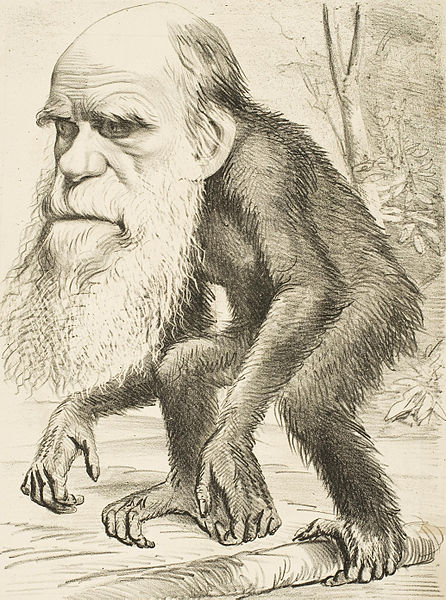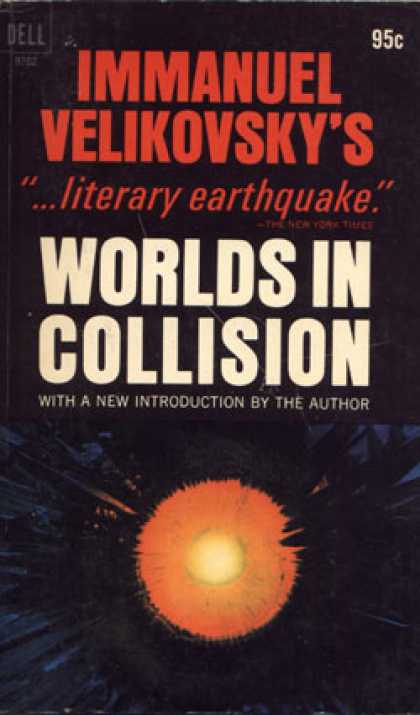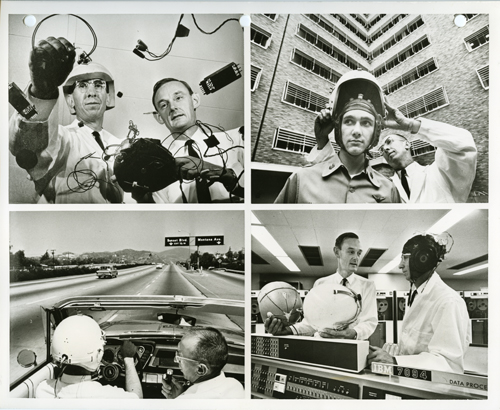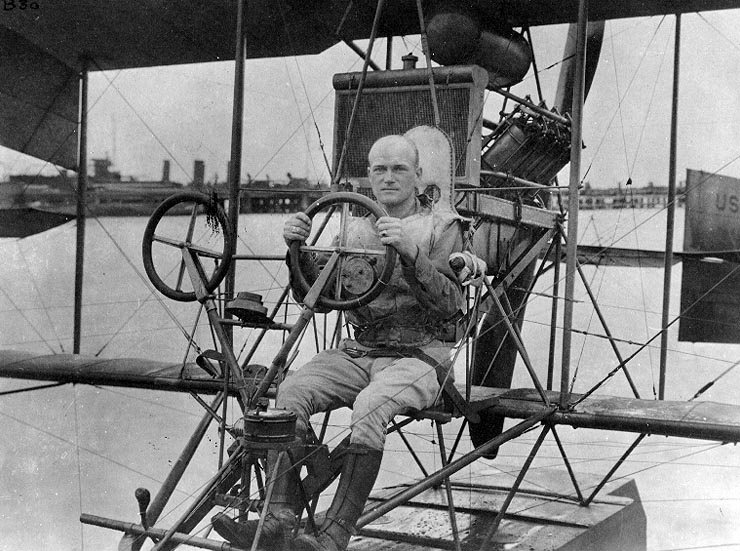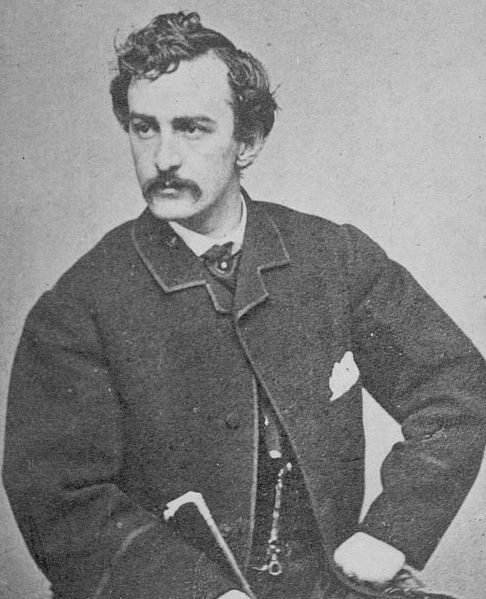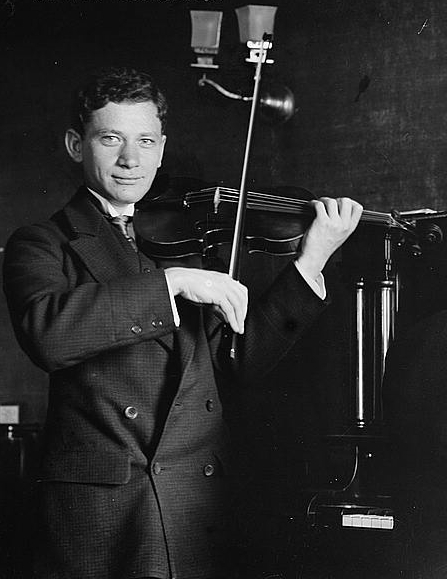I exercise all over the city and the demographic most actively involved in athletics seems to be women in their 20s. That wasn’t always the case. Title IX, the Nike “If You Let Me Play” campaign and the women’s World Cup soccer victory in 2009 really changed hearts and minds, and sports bras became omnipresent. But Title IX was easily the most important factor of all. From Allen Barra’s “Female Athletes, Thank Nixon,” a smart New York Times opinion piece about arguably the most Liberal American President of the last 40 years, who did some very progressive things when not busy being a paranoid nutjob:
“Nixon did leave some legacies that may outlast the memory of Watergate. Historians have argued that he did a great deal to desegregate Southern schools; that he defied the conservatives in his party to open relations with China; and that he had a good record on the environment. Significantly, he brought women into the world of sports, through the portion of the 1972 Education Amendments better known as Title IX, whose 40th anniversary is celebrated on June 23.
But maybe because Nixon is, well, Nixon, there seems to be a concerted effort to separate the memory of the man from Title IX, which prohibits sex discrimination in federally financed education programs.
For instance, the ESPN Web site is running a tribute to the amendment called The Power of IX, which it praises as ‘a law whose ripple effects extend far beyond the U.S., creating a women’s sports culture awash in opportunity.’ But there is no word of praise to be found for the man who created the opportunity for the opportunities.
It’s hard to exaggerate the far-reaching effect of Title IX on American society.”
••••••••••
Criticized initially for its pleading tone, the 1995 Wieden & Kennedy “If You Let Me Play” campaign was ultimately an empowering statement that allowed Nike to turn a secondary market into a primary one.


